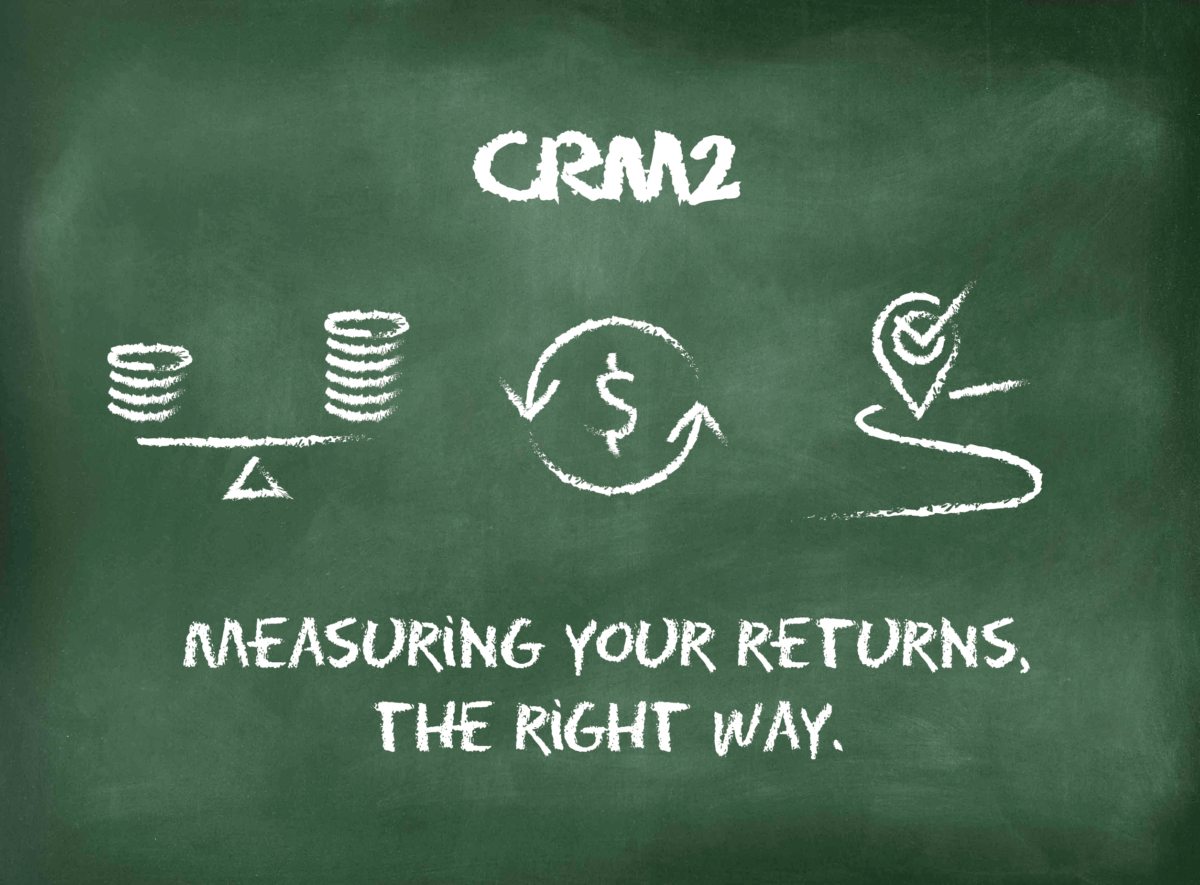CRM2: Measuring Your Returns, The Right Way
What’s the right way to determine the greatest baseball pitcher of all time?
To determine the best, most of us would turn to some common measures of the success of a pitcher. For example, who won the most games over their career? Or, who had the most strikeouts?
The answer to the “most wins” question would suggest that Cy Young was the greatest – his 511 career wins put him undeniably at the top of the heap. However, the “most strikeouts” question would point you to Nolan Ryan who, with 5,714 strikeouts, is the all-time best by that measure.
In truth, you can’t answer the question definitively. That’s because there is no single measure that captures who is “the best”. What you can do, however, is use statistics and analysis to gain insights into each pitcher’s performance from a few different perspectives.
From baseball to investing
This concept of measuring performance from several perspectives is at the heart of the new investment industry CRM2 regulations (view our introductory CRM2 blog here). Going forward, there will be two ways in which we will present our Nexus clients’ rate of return. As we have for many years, we’ll show our clients their “time-weighted” return. Then, beginning in January, we’ll also start showing their “money-weighted” return as required in CRM2-compliant reporting. Each has its own purpose, which we’ll explain in a moment. But, like strikeouts or wins, neither measure tells the entire story of the account’s performance.
The starting point: investment returns defined
Investment returns are typically described in terms of the “total percentage return”. The total percentage return includes all realized and unrealized capital gains and losses of an investment, plus all income from the investment over a specified time period. This total is expressed as a percentage of the opening account value at the start of the measurement period. By convention, returns for periods longer than one year are annualized. Accordingly, a 3-year annualized return of 5% means the account generated an average return of 5% in each of the three years. With compounding, this is a 15.8% return over the full three years.
Time-weighted returns
Time-weighted returns have been the convention in our industry for many years. They are best used to compare the results of different managers to one another, and can be used to compare to a benchmark, such as a stock index. Commonly, the returns are published before the effect of management fees. Fees are excluded because client fees typically vary based on the size of the account and this measure is used to help you evaluate your manager without regard to what the fee might be. Most importantly, time-weighted returns are unaffected by deposits or withdrawals you made during the reporting period. Finally, it can be compared across time periods – your 2016 returns can be compared to those of 2015 – again, without being affected by the timing of your deposits and withdrawals.
Money-weighted returns
Beginning in 2017, investment managers like Nexus will also report money-weighted returns1. Different from the time-weighted return which reveals how the manager has done, the money-weighted return answers the question, “How has my account done this period?”. Because money-weighted returns incorporate the effect of additions to and withdrawals from your account, they differ from the time-weighted calculations. If you add funds to your account just before a dip in the market, your return will be lower than the time-weighted return. On the other hand, if you add just before a market rally, your money-weighted return will be greater than the time-weighted return.
More practically, if you are in the habit of comparing investment returns with your neighbour, using the money-weighted returns will answer the question of which of you did better. But it will not determine which manager fared better.
Summary
Just as there are lots of ways to measure the effectiveness of a pitcher, there also many ways to measure investment returns. Money-weighted and time-weighted calculations each serve a distinct purpose. Together they offer insight on how both you and your manager are doing.
Looking for further reading on our CRM2 blogs? Click here to visit our CRM2: Cutting Through the Complexity series. You can also read the full series in our Special Edition of Nexus Notes here.
1 Money-weighted returns from Nexus will only cover the period back to December 31, 2015.

